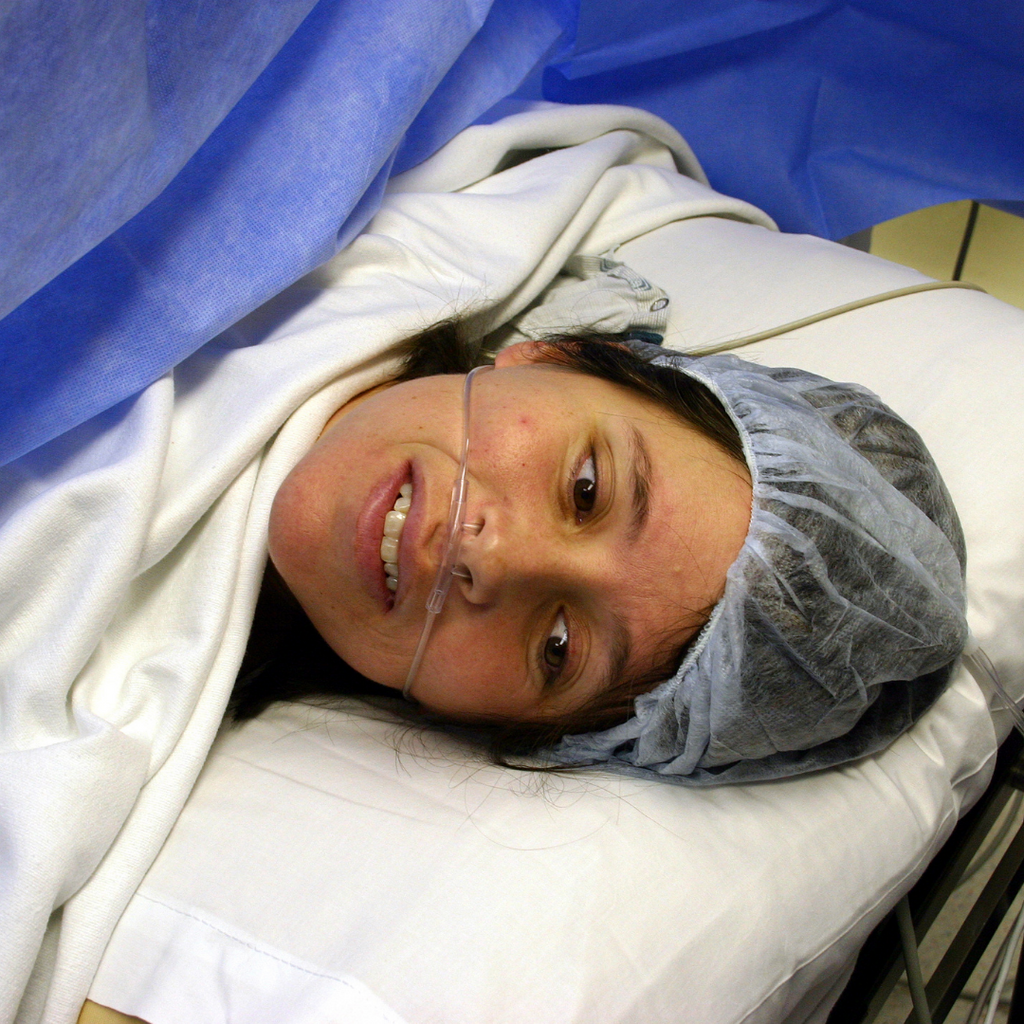In 2021, the benefits of skin-to-skin after birth are widely known among both medical professionals and parents - or parents-to-be. New research conducted by the World Health Organization (WHO) and published in EClinicalMedicine estimated that if skin-to-skin, or ‘kangaroo mother care’ was accessible to all parents across the 127 countries analyzed, more than 125,000 newborn lives would be saved.
The same study shows that it can reduce infant deaths by as much as 40%, hypothermia by more than 70%, and severe infections by almost two-thirds. This research further provides how important it is that parents and their babies are kept together directly after birth, as well as into the Fourth Trimester (and beyond).
However, After a Cesarean, the rates of skin-to-skin care are lower compared to after an uncomplicated vaginal birth. In 2015, according to the Centre for Disease Control, 70% of birth facilities in the United States implemented skin-to-skin care within two hours of an uncomplicated Cesarean, with skin-to-skin lasting for at least 30 minutes. This compares with 83% for vaginal deliveries.
So, what are the benefits of early skin-to-skin after a Cesarean?
Skin-to-skin can Improve Breastfeeding
Studies and research (like this Stanford one) have shown that babies who maintain skin-to-skin contact with their mothers during the Golden Hour period are more likely to latch on to the breast.
Research by Cochrane found that the same skin-to-skin benefits apply after Cesarean birth as well. From the 46 randomized trials (including 3,850 mothers and their healthy infants), the mothers who had received skin-to-skin care were 22% more likely to still be breastfeeding one and four months after the birth.
All 14 studies but one found an increase in exclusive breastfeeding at hospital discharge in mothers who had skin-to-skin after Cesarean births.
Pain Levels can Decrease
The same research found that some mothers who had skin-to-skin care with their infants reported less pain after their Cesarean - but the evidence was not strong enough to show a clear effect of separation on pain.
However, another study shows that skin-to-skin contact right after delivery causes the brain to release a hormone called beta-endorphin. This works like a mild painkiller, helping parents to feel calmer and more relaxed. Oxytocin is also released, the brain’s “feel-good” hormone that promotes bonding.
It Regulates Body Temperature
One of the main perceived barriers to implementing skin-to-skin care after a Cesarean is because hypothermia (low temperature) in babies is more common after a Cesarean.
Babies who are born via Cesarean are at higher risk of hypothermia because the operating room temperature is kept quite cold, and mothers undergoing a Cesarean may have a lower body temperature. While in the uterus, babies are also exposed to drugs that may affect their temperature.
However, research suggests that babies who undergo skin-to-skin care 30-50 minutes after a Cesarean are not at higher risk for hypothermia compared to infants who are kept in an incubator. If a baby is not able to maintain its temperature during skin-to-skin with its mother, babies may also be held skin-to-skin with their father or another family member after a Cesarean.
Remember, the Joeyband™’s messenger-style velcro closure provides 21 inches of adjustability, allowing a more universal fit for different caregivers and changing bodies. This means that parents, older siblings and grandparents can all use the Joeyband™ to hold and care for your baby.
Are you expecting a baby, or maybe you have a newborn? Follow us on Facebook or Instagram, or subscribe to our newsletter for our latest news and updates, or for more useful, baby-handling knowledge from our experienced Joeyband™ team.

